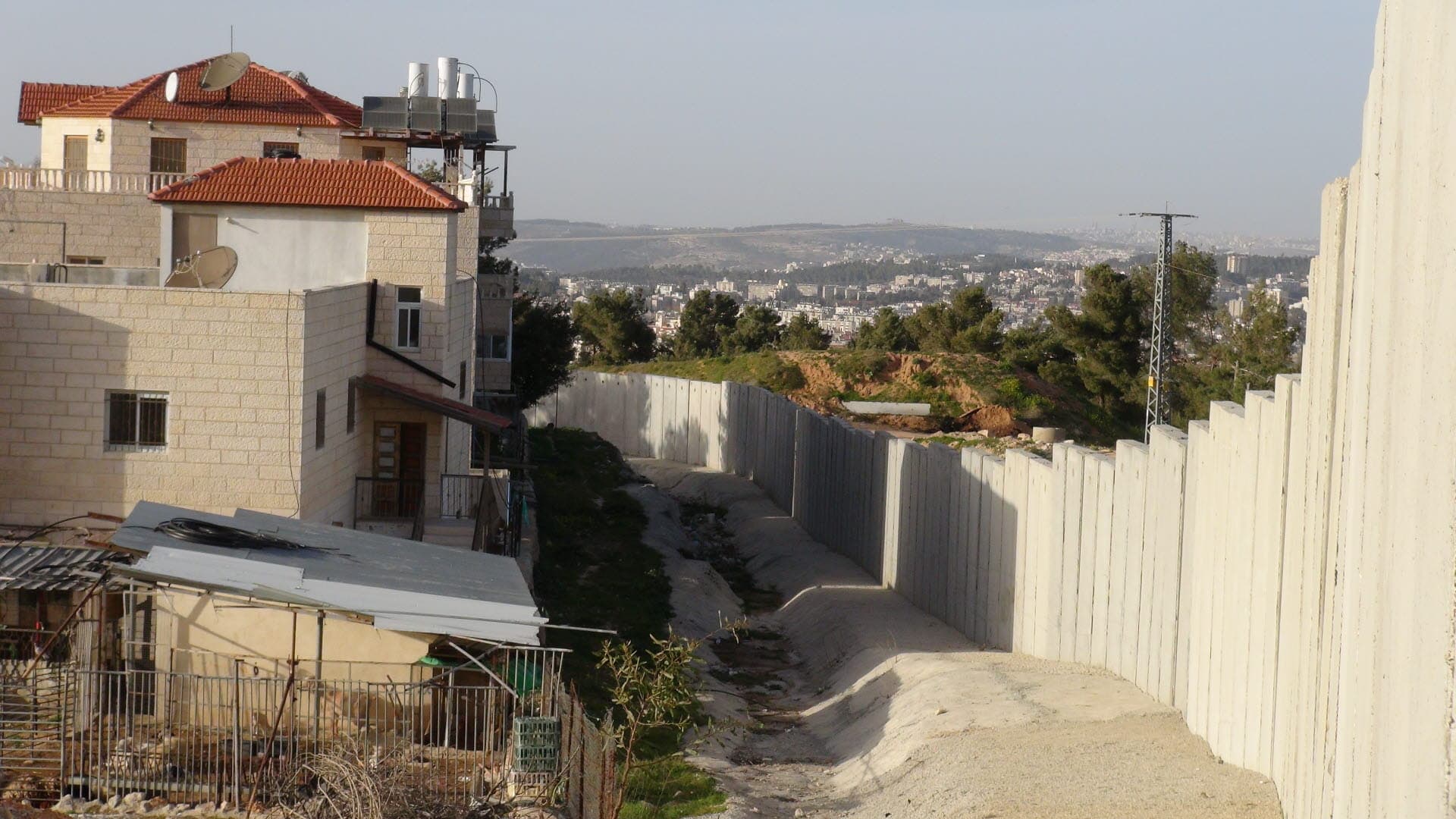
Analysis of the Legality of the Land "Buffer Zone" in the Gaza Strip
DownloadTitle: Within Range: An Analysis of the Legality of the Land "Buffer Zone" in the Gaza Strip
Date of Publication: August 2011
Executive Summary
The “buffer zone” between Israel and the Gaza Strip is a military no-go area that extends along the entire northern and eastern perimeter of the Gaza Strip adjacent to Israel, but inside Palestinian territory. Following the collapse of the peace process and the outbreak of the second Intifada in 2000, Israel unilaterally enforced a 150-metre “buffer zone” within the Gaza Strip, which it extended to 300 metres in May 2009. The precise areas designated by Israel as the “buffer zone” are unknown and at times extend up to 1.5 kilometers inside the Gaza Strip, which is only 5-12 kilometers wide. Israel restricts Palestinians’ access to the land located in the “buffer zone”, sometimes through the use of live fire. From January to May 2011, at least 19 civilians have been killed, including seven children and 252 others were injured, including 73 children.
Despite the ‘disengagement’ of 2005, Israel continues to be the Occupying Power in the Gaza Strip and the relevant rules of International Humanitarian Law (IHL) and International human rights law (IHRL) apply throughout the territory.
Under the Geneva Conventions, Israel has the duty to protect the civilians in the Gaza Strip on the one hand, and the duty to ensure the security of Israel and its citizens on the other. In order to fulfill the latter, it may for example prohibit access to certain areas. There have been attacks on Israel by Palestinian armed factions mainly from the border areas within the Gaza Strip. Infiltration tunnels are moreover an additional danger facing Israeli soldiers and citizens. Israel therefore has a legitimate military interest, and military necessity in this case justifies the creation of a buffer zone. Such a buffer zone, however, must be implemented in accordance with the basic IHL principles of distinction, proportionality and precautions in and during attack.
In order to examine the legality of the “buffer zone”, it is crucial to analyze the means through which it is enforced. It should be noted that the “buffer zone” includes a large area at sea; however, this paper deals solely with the legality and the impact of the “buffer zone” on land.
The use of lethal force
A high number of civilians not taking direct part in hostilities, including children, are shot at by Israeli lookouts and wounded or killed. These constitute prima facie violations of the rules of IHL in relation to the protection of civilians. All feasible precautions must be taken to avoid, and in any event, minimize incidental loss of civilian life. Moreover, the principle of proportionality prescribes that launching an attack that may be expected to cause incidental loss of civilian life, injury to civilians, damage to civilian objects, or a combination thereof, which would be excessive in relation to the concrete and direct military advantage anticipated, is prohibited. In addition to the regular protections afforded to a civilian as outlined above, children have additional and special protections under IHL.
There are indications that demonstrate, prima facie, that on many occasions, the Israeli military is targeting civilians who bear no threat to the Israeli military or Israeli civilians. Moreover it is essential for the Israeli military to effectively distinguish between civilians and combatants and additional efforts must be deployed to make an accurate determination in this regard. Israel should consider adapting the means and methods of enforcement, including use of lethal force, in this process, to minimize the harm to civilians. Where there is doubt as to the characterization of the targeted person, the assumption should always be that the individual is a civilian. This is particularly important given the gravity of the violations of IHL resulting from the current practices.
Demolition of civilian property
With regard to demolition of property, since 2005, 305 water wells, 197 chicken farms, 377 sheep farms, 996 complete houses, 371 partial houses, three mosques, three schools, and six factories have been destroyed within the “buffer zone”. In addition, a total of 24.4 sq. kilometres of cultivated land has been leveled in the no-go and high risk zones, all representing civilian and/or cultural properties. Israel refuses to compensate Palestinians for the damages that it caused civilians as a result of its policy of destruction.
Restriction of access
The enforcement of the “buffer zone” results in Palestinians being unable to use property necessary for the production of food. It further results in a total or partial ban on access to a number of educational and religious institutions. Overall, the land restricted area is estimated at 17 percent of Gaza Strip’s total land mass, and 35 percent of its agricultural land.
Taking into account Israel’s legitimate security concerns resulting from the attacks on Israel from the Gaza Strip and Israel’s right to take measures in response to those attacks, Diakonia’s International Humanitarian Law Program finds that the unilateral expansion of the “buffer zone” and its enforcement regime result in the grave infringement of a number of rights of Palestinians.
Moreover, the imposition of an expanded “buffer zone” in the Gaza Strip by Israel and the mechanisms through which the “buffer zone” is currently enforced do not coincide with the notion of military necessity as they violate the customary principles of distinction, proportionality and precautions in and during attack.
Further, they are contrary to the prohibition against seizure and destruction of land except if rendered absolutely necessary by military operations, as well as the disproportional restriction on movement of civilians to their land and livelihoods. As such, the enforcement of the “buffer zone” under the current circumstances and scope is unlawful.